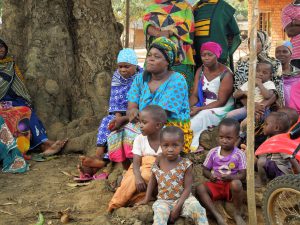Making a Difference
Day-old chicks will be produced from low-input dual purpose breeds through local private sector partners and supplied to “Brooder Units” (BUs) who will specialize in the brooding, feeding, and proper vaccination process.
This program will help establish ~3000 BU enterprises and impact over 2.0 million rural households by providing complete value chain opportunities for poultry production. This includes access to appropriate improved genetics, affordable quality feed, quality vaccines, technical extension training, and a market development program for the offtake of the excess meat and eggs produced.

